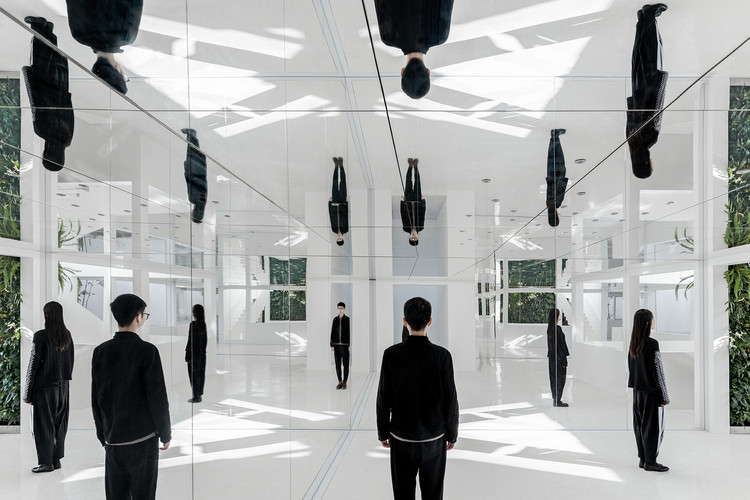Comments on: Bibeau-Delisle, A., & Brassard FRS, G. (2021). Probability and consequences of living inside a computer simulation. Proceedings of the Royal Society A, 477(2247), 20200658.
- What is Computation? it is the manipulation of arbitrarily shaped formal symbols in accordance with symbol-manipulation rules, algorithms, that operate only on the (arbitrary) shape of the symbols, not their meaning.
- Interpretatabililty. The only computations of interest, though, are the ones that can be given a coherent interpretation.
- Hardware-Independence. The hardware that executes the computation is irrelevant. The symbol manipulations have to be executed physically, so there does have to be hardware that executes it, but the physics of the hardware is irrelevant to the interpretability of the software it is executing. It’s just symbol-manipulations. It could have been done with pencil and paper.
- What is the Weak Church/Turing Thesis? That what mathematicians are doing is computation: formal symbol manipulation, executable by a Turing machine – finite-state hardware that can read, write, advance tape, change state or halt.
- What is Simulation? It is computation that is interpretable as modelling properties of the real world: size, shape, movement, temperature, dynamics, etc. But it’s still only computation: coherently interpretable manipulation of symbols
- What is the Strong Church/Turing Thesis? That computation can simulate (i.e., model) just about anything in the world to as close an approximation as desired (if you can find the right algorithm). It is possible to simulate a real rocket as well as the physical environment of a real rocket. If the simulation is a close enough approximation to the properties of a real rocket and its environment, it can be manipulated computationally to design and test new, improved rocket designs. If the improved design works in the simulation, then it can be used as the blueprint for designing a real rocket that applies the new design in the real world, with real material, and it works.
- What is Reality? It is the real world of objects we can see and measure.
- What is Virtual Reality (VR)? Devices that can stimulate (fool) the human senses by transmitting the output of simulations of real objects to virtual-reality gloves and goggles. For example, VR can transmit the output of the simulation of an ice cube, melting, to gloves and goggles that make you feel you are seeing and feeling an ice cube. melting. But there is no ice-cube and no melting; just symbol manipulations interpretable as an ice-cube, melting.
- What is Certainly Truee (rather than just highly probably true on all available evidence)? only what is provably true in formal mathematics. Provable means necessarily true, on pain of contradiction with formal premises (axioms). Everything else that is true is not provably true (hence not necessarily true), just probably true.
- What is illusion? Whatever fools the senses. There is no way to be certain that what our senses and measuring instruments tell us is true (because it cannot be proved formally to be necessarily true, on pain of contradiction). But almost-certain on all the evidence is good enough, for both ordinary life and science.
- Being a Figment? To understand the difference between a sensory illusion and reality is perhaps the most basic insight that anyone can have: the difference between what I see and what is really there. “What I am seeing could be a figment of my imagination.” But to imagine that what is really there could be a computer simulation of which I myself am a part (i.e., symbols manipulated by computer hardware, symbols that are interpretable as the reality I am seeing, as if I were in a VR) is to imagine that the figment could be the reality – which is simply incoherent, circular, self-referential nonsense.
- Hermeneutics. Those who think this way have become lost in the “hermeneutic hall of mirrors,” mistaking symbols that are interpretable (by their real minds and real senses) as reflections of themselves — as being their real selves; mistaking the simulated ice-cube, for a “real” ice-cube.

